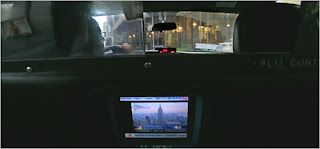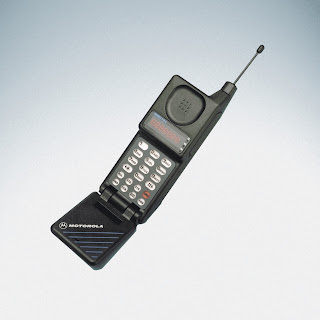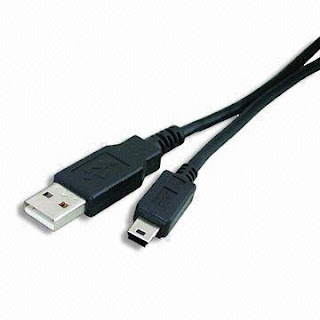 So, I’m sitting with a friend, and she’s showing off her brand-new digital camera. When the topic came around to my five-year-old Canon EOS 10D digital SLR, she said (not in so many words), “It’s time to upgrade that ancient, obsolete device.“
So, I’m sitting with a friend, and she’s showing off her brand-new digital camera. When the topic came around to my five-year-old Canon EOS 10D digital SLR, she said (not in so many words), “It’s time to upgrade that ancient, obsolete device.“
I bought the EOS 10D back in 2003, when it was the first Canon digital SLR that could properly replace my Canon EOS A2 film SLR. The 6.3-megapixel resolution was quite adequate, and of course, it used my extensive set of Canon EOS “L” lenses.
However, the EOS 10D was not quite perfect. In particular, there were two features that disappointed:
• It lacks the 2.5% spot meter which my EOS A2 film camera had — and that was a tool I used a lot when shooting events, like trade shows. A spot meter lets you accurately expose an image based on a very small area, like a brightly lit industry executive standing on a dimly lit stage in a darkened auditorium.
• It has a 22mm light sensor that was much smaller than the 35mm film inside a “real” camera. Because of the small sensor, the camera can only “see” what’s in the middle of the field of view, making all standard lenses appear more telephoto by a factor of 1.6x. Thus, a 20mm lens acts like a 36mm lens, a 50mm lens becomes an 80mm lens, and a 200mm lens becomes a 320mm lens. That’s bad, if you’re trying to do anything wide, work a crowd or do scenery.
Otherwise, the 10D is easy to use, offers the fine-grained control that I wanted, and takes great pictures. I’ve never had a complaint about it. (There was a third item that annoyed me five years ago, but I can’t remember what it was. Obviously, I got over it.)
So, do I want a new camera? Only if it’ll solve those problems at a reasonable price. Sadly, none of the affordable models from Canon address the shortcomings of a five-year-old model. Sure, the new SLRs have higher resolution, with most being 10 megapixels. There’s a new Canon Rebel XSi coming out in April that has 12 megapixels. But otherwise… nah.
• All the Canon Rebel models (which are much less expensive than the EOS series) use a 22mm image processor. Same old 1.6x multiplier. They also lack a real spot meter. What they offer are really low prices ($592 street for a 10-megapixel Canon Rebel XTi body), an automatic mirror cleaner, and a little better software. The forthcoming 12-megapixel Canon Rebel XSi doesn’t do any better; it just adds a few more pixels and more gadgets.
• In the higher-end EOS series, the current model, the 10-megapixel Canon EOS 40D, does have a spot meter. Alas, it still has the 22mm image sensor, so it solves only one of my problems. Sure, it has lots of bells-and-whistles, like a much bigger LCD screen you can use to preview pictures, and tons of custom settings, but it also costs $1,149 street.
• The lowest-cost Canon SLR that actually does what I want is the Canon EOS 5D (their numbering is really screwy). Not only does it have 12.8 megapixels, not only does it have a proper spot meter, but it also has a 35.8mm image sensor. Ahh, finally a digital SLR camera that’ll use the entire image from the lens! However, with a street sticker of $2,099… nope.
So, if you see people happily taking pictures at a scenic viewpoint or at a technology conference, I’ll be the guy with an obsolescent Canon EOS 10D… and a pocket full of money not spent.
Z Trek Copyright (c) Alan Zeichick
 Last Friday, I was due to fly back to San Francisco from New York City. FutureTest 2008 was over, I’d spent a day in BZ East (our Huntington, N.Y. headquarters), and it was time to go home.
Last Friday, I was due to fly back to San Francisco from New York City. FutureTest 2008 was over, I’d spent a day in BZ East (our Huntington, N.Y. headquarters), and it was time to go home.




























